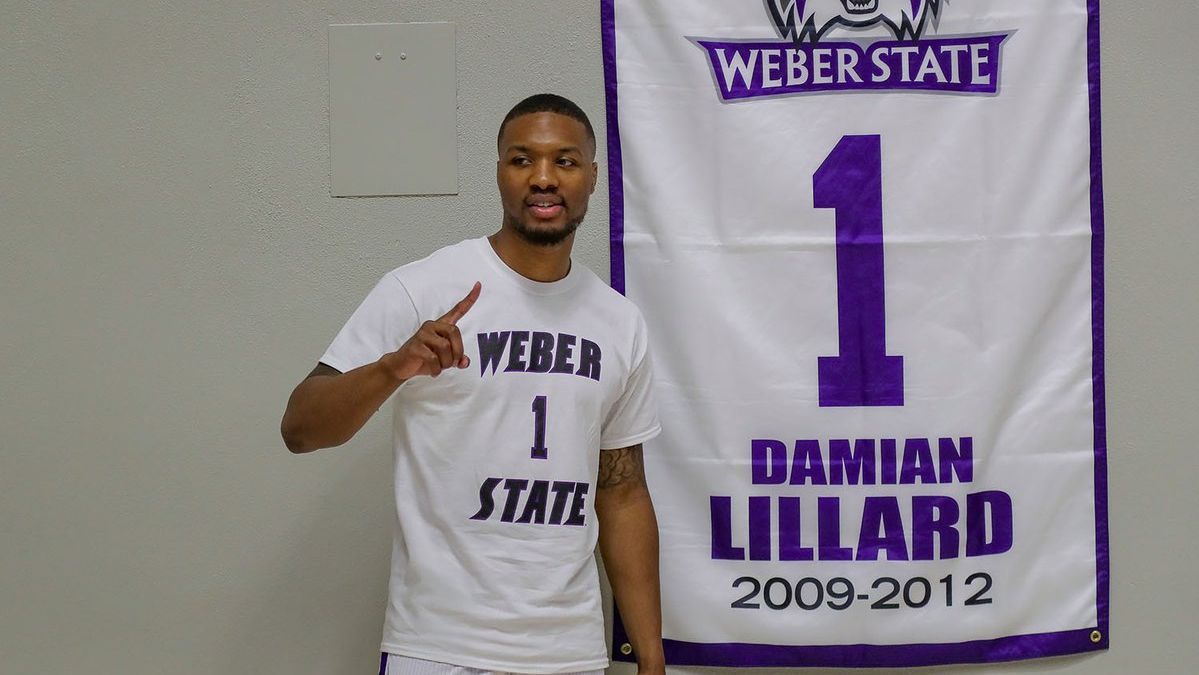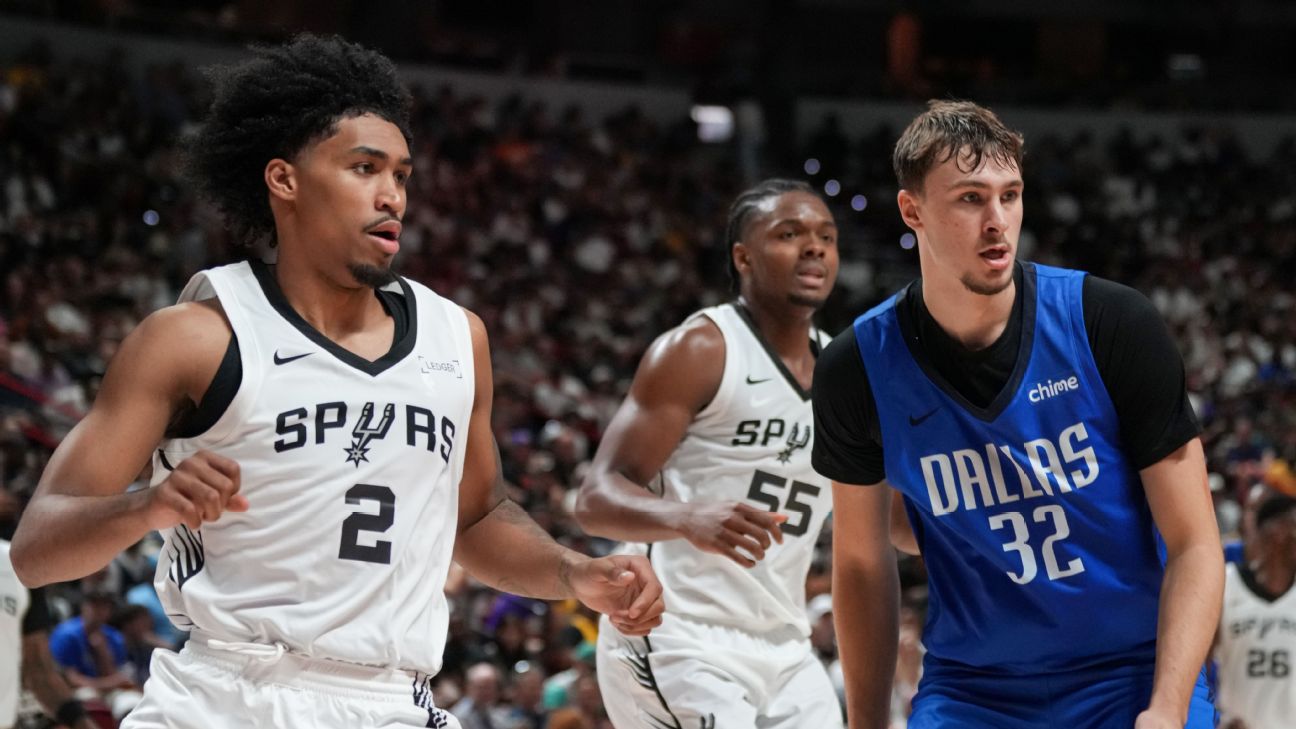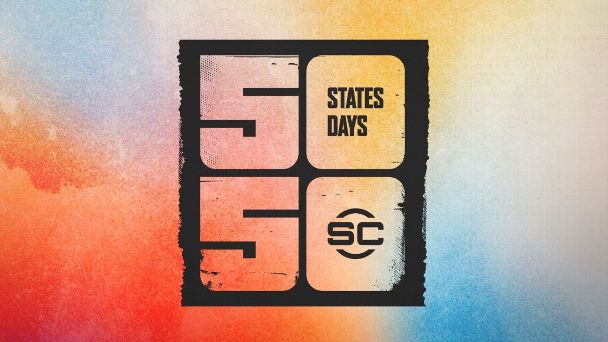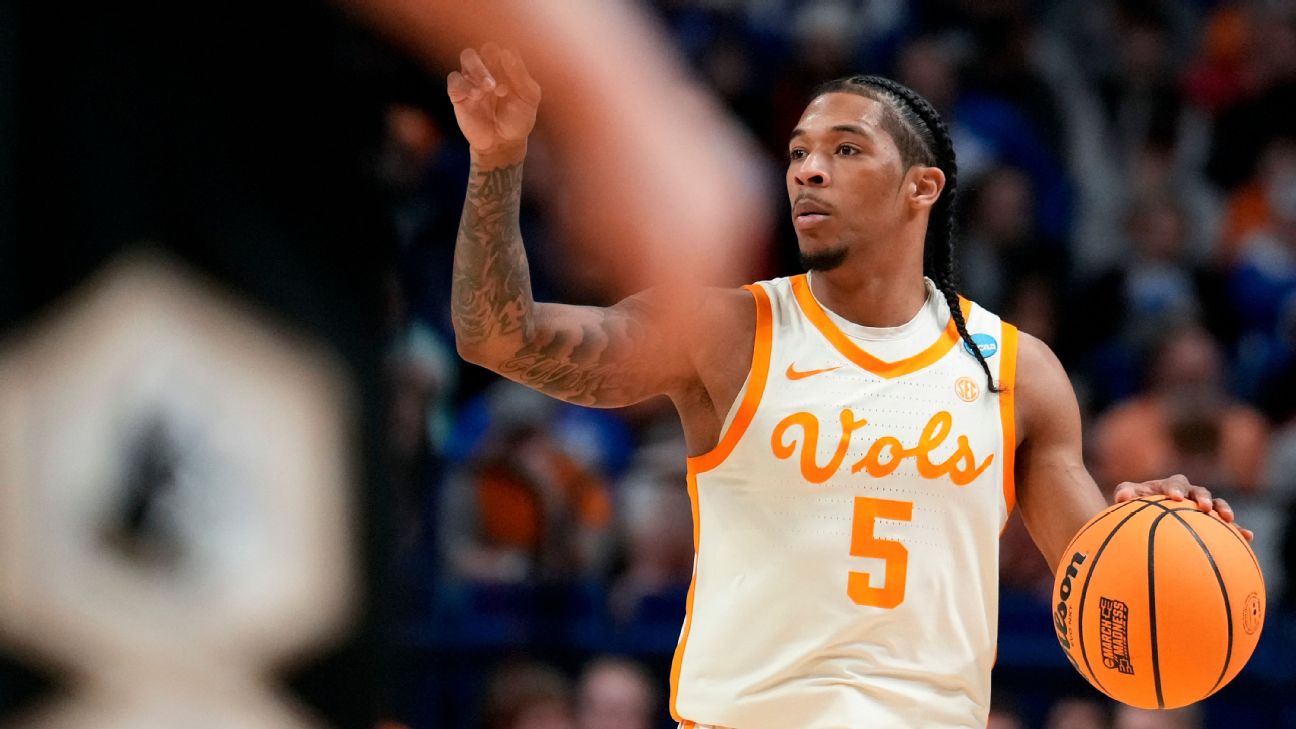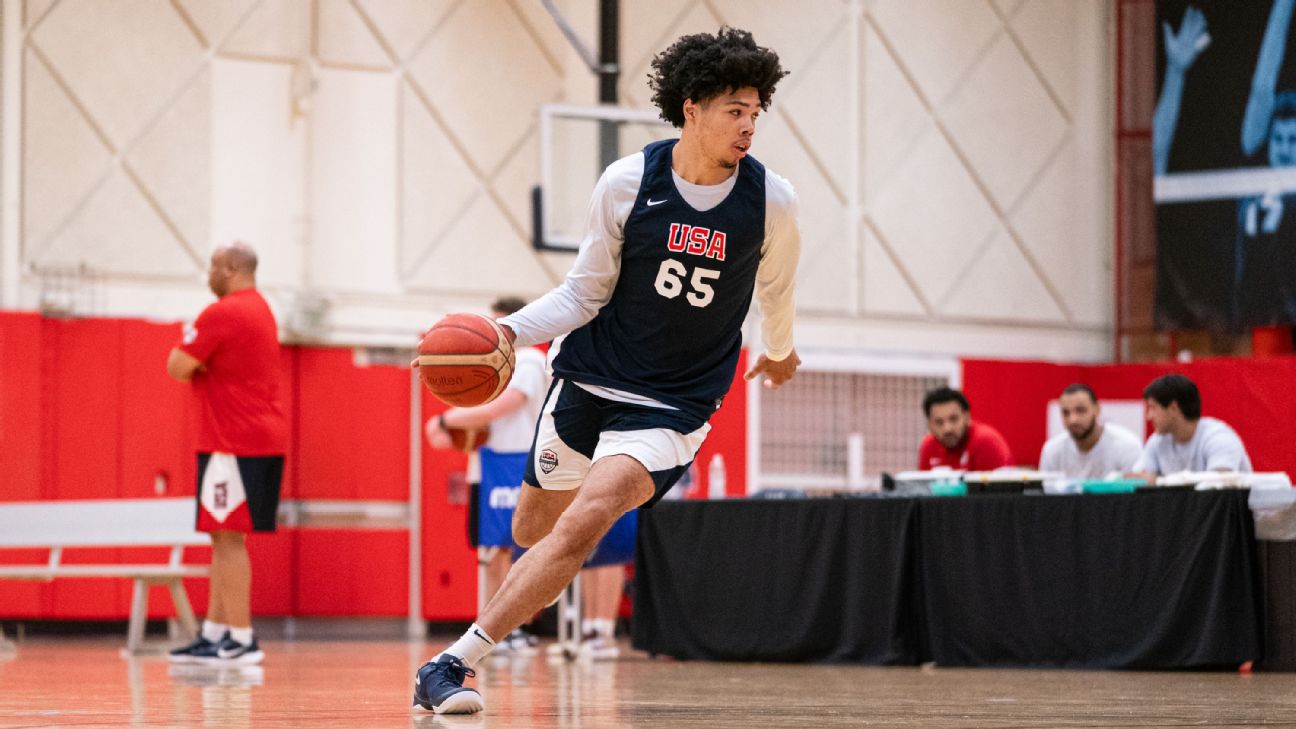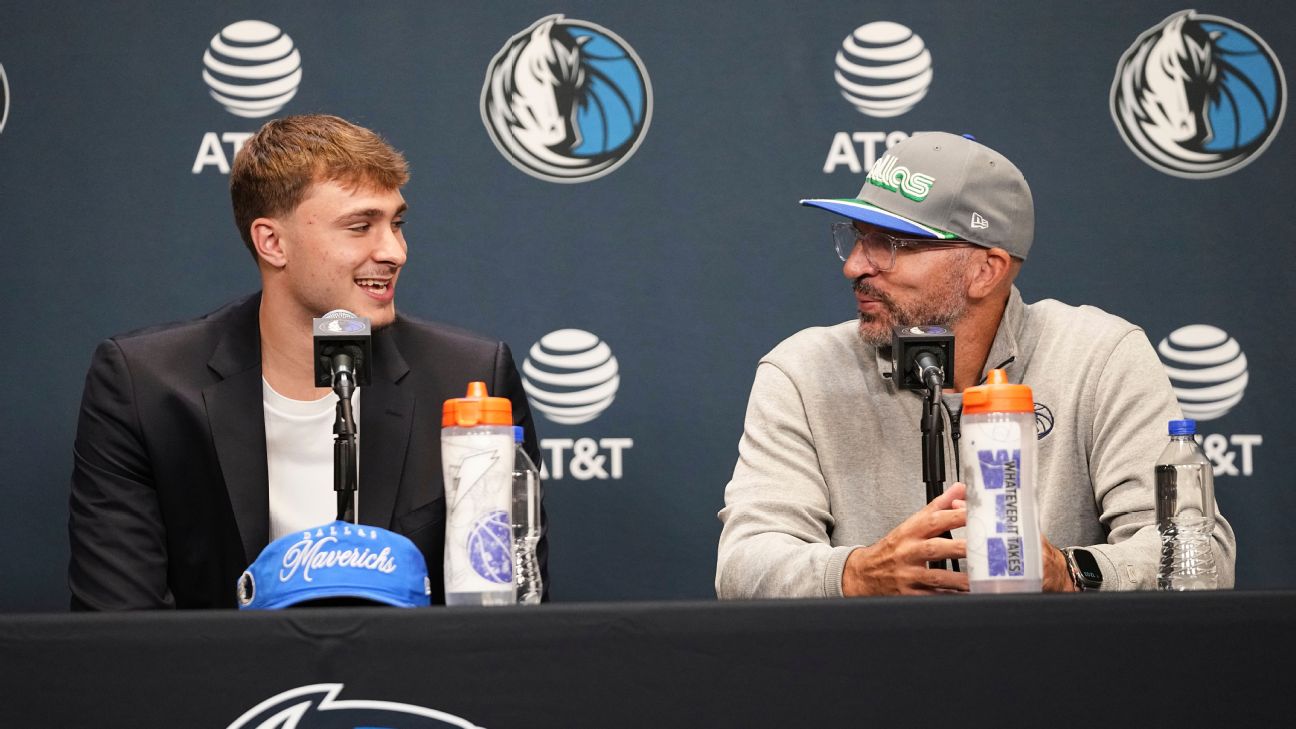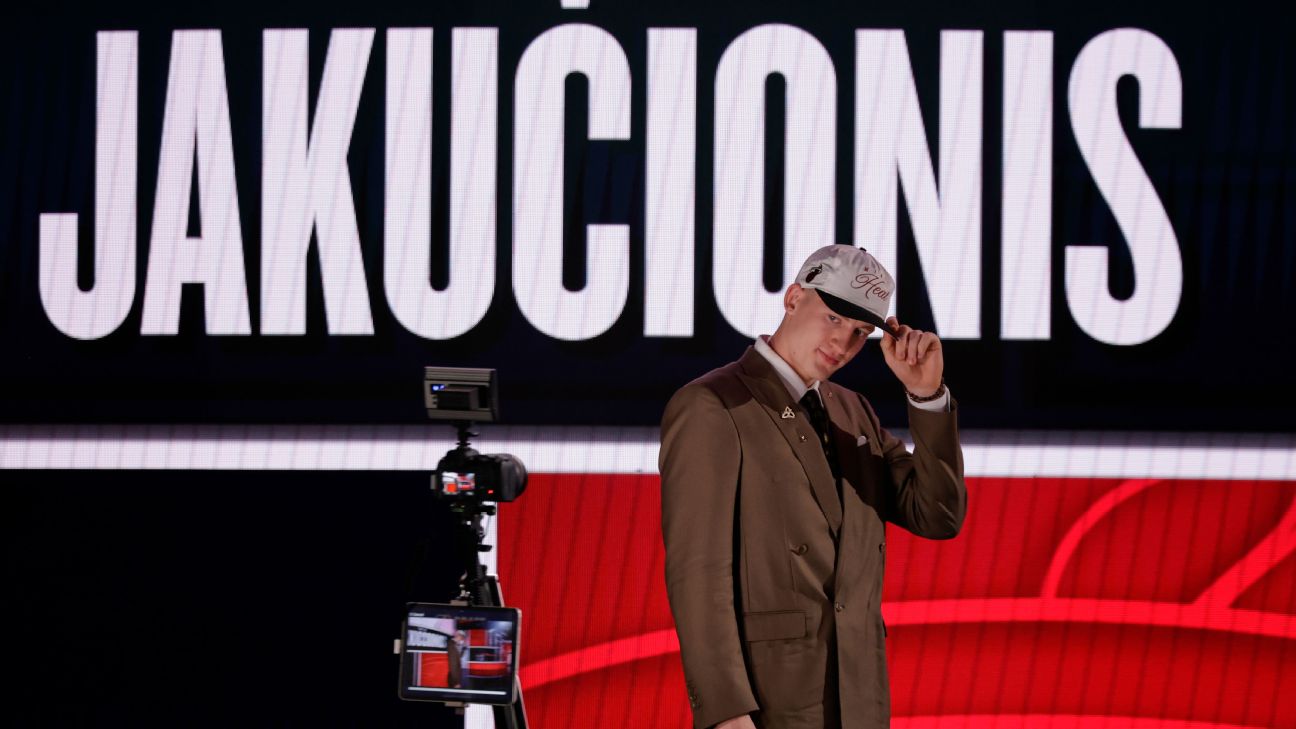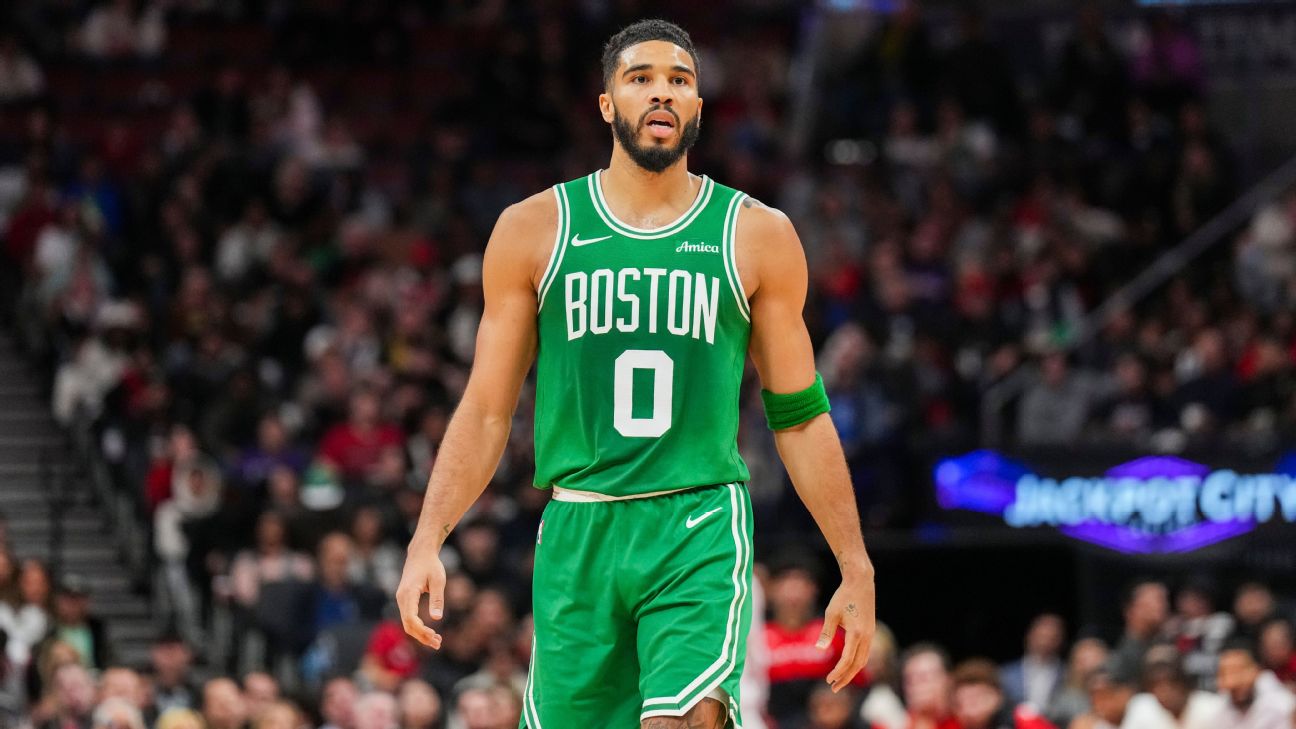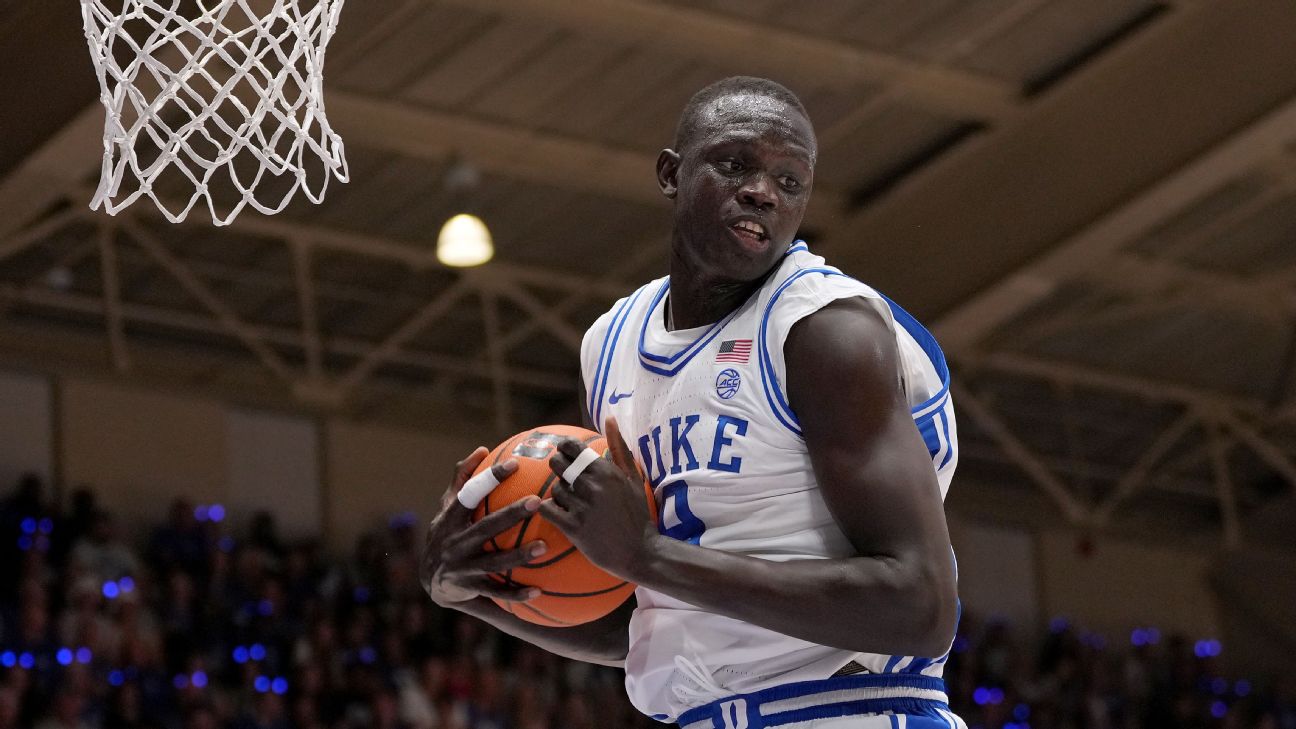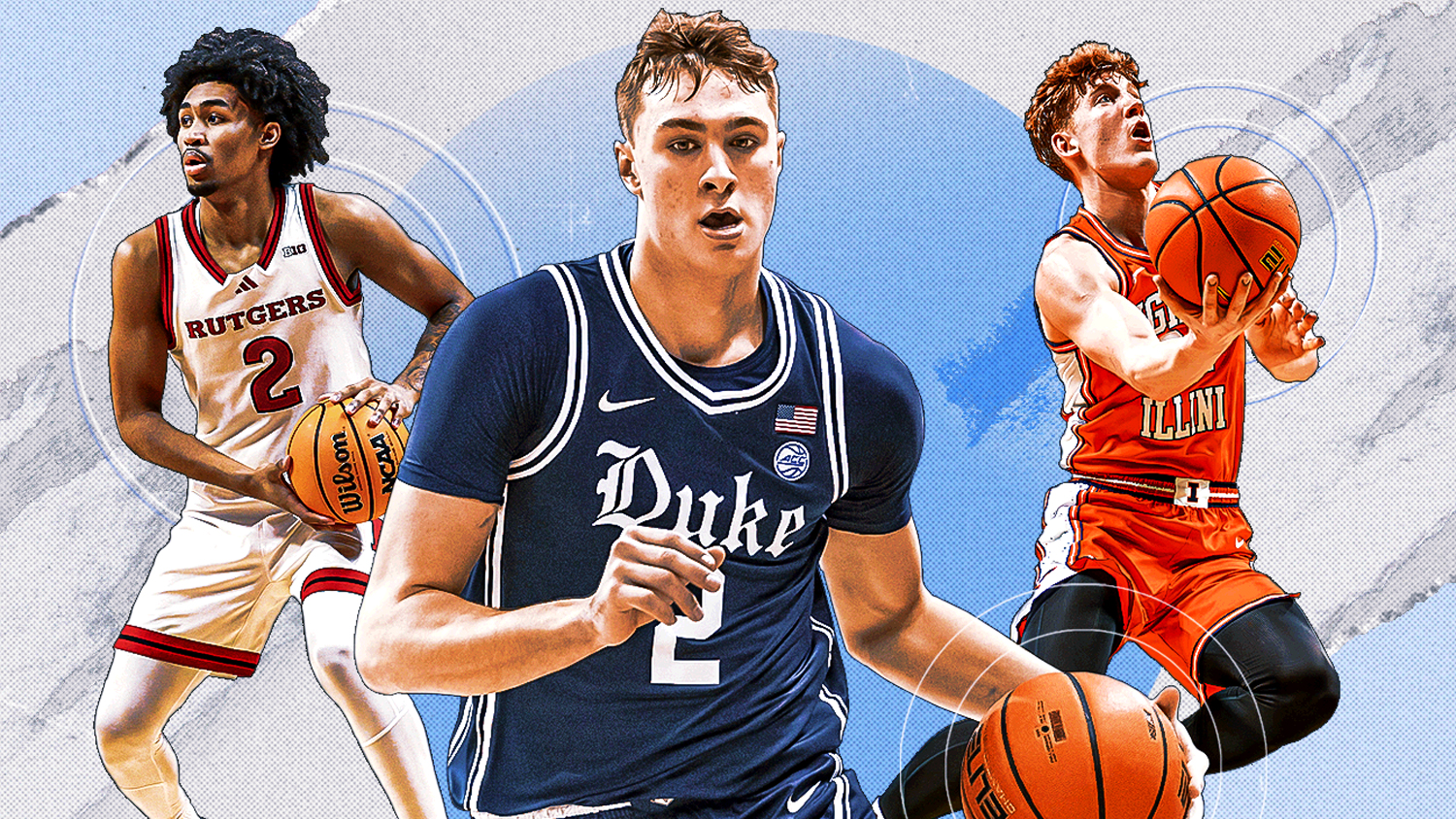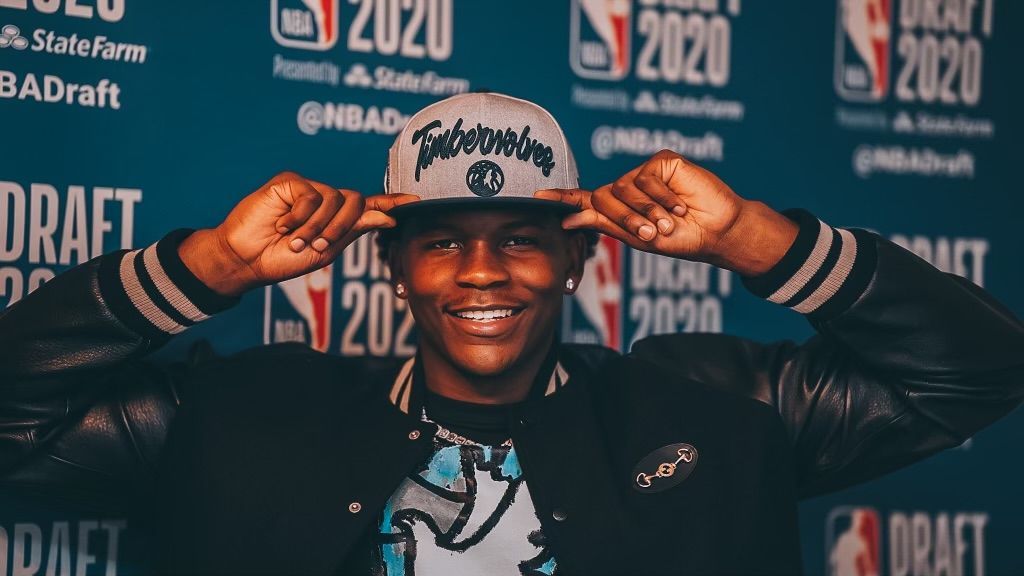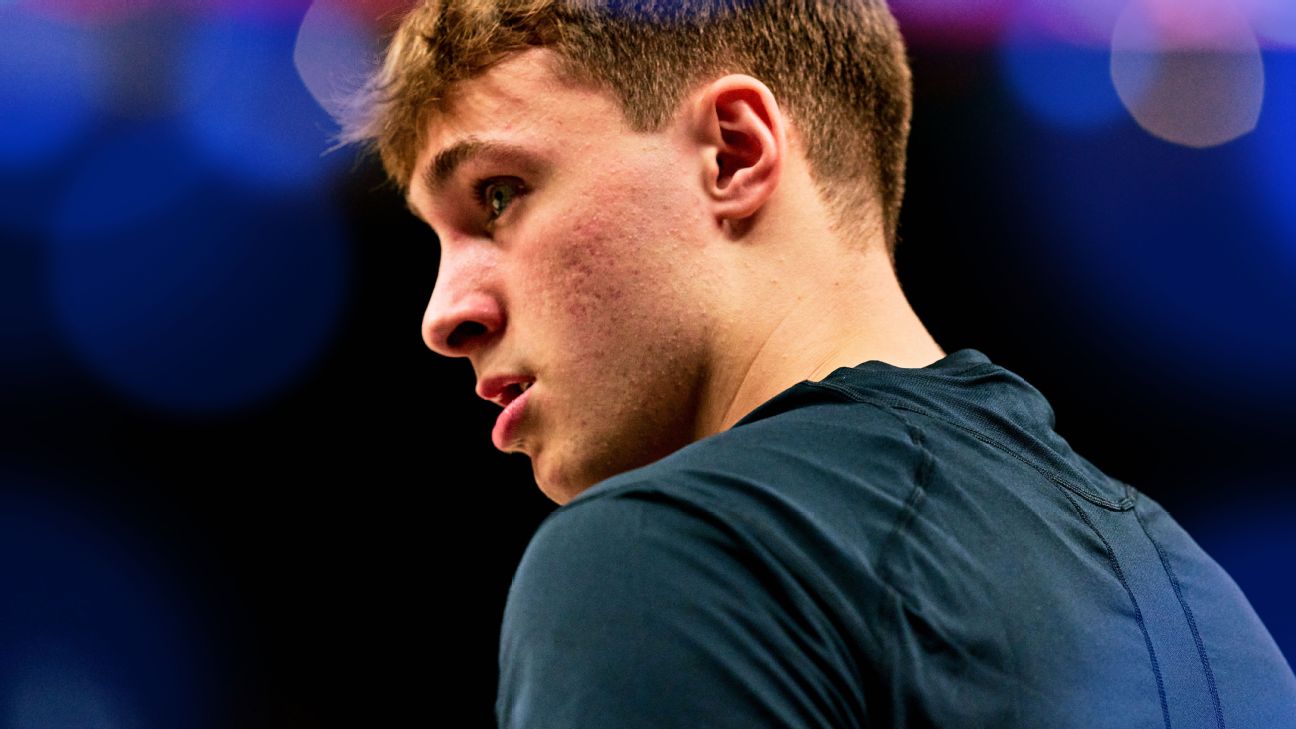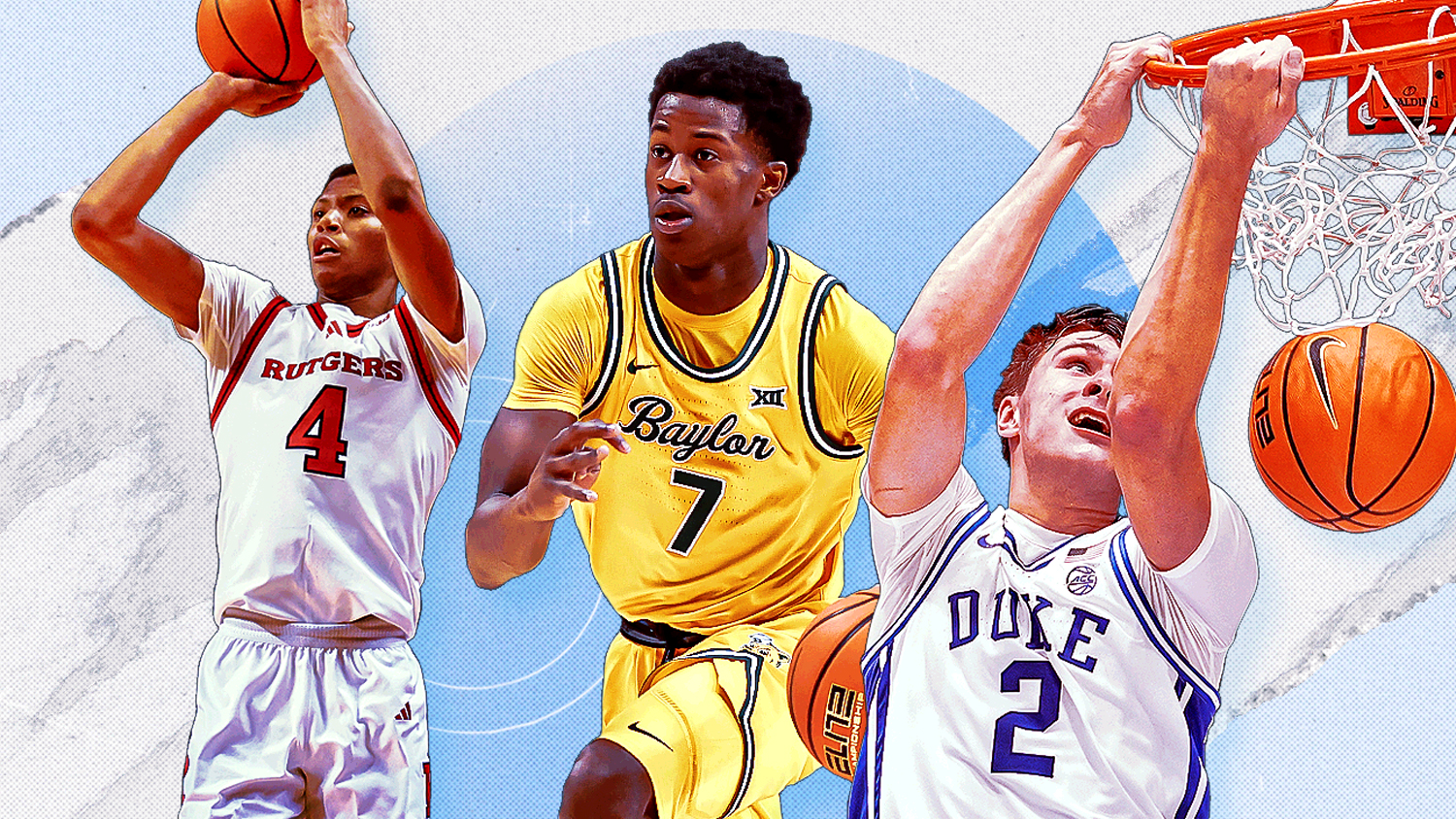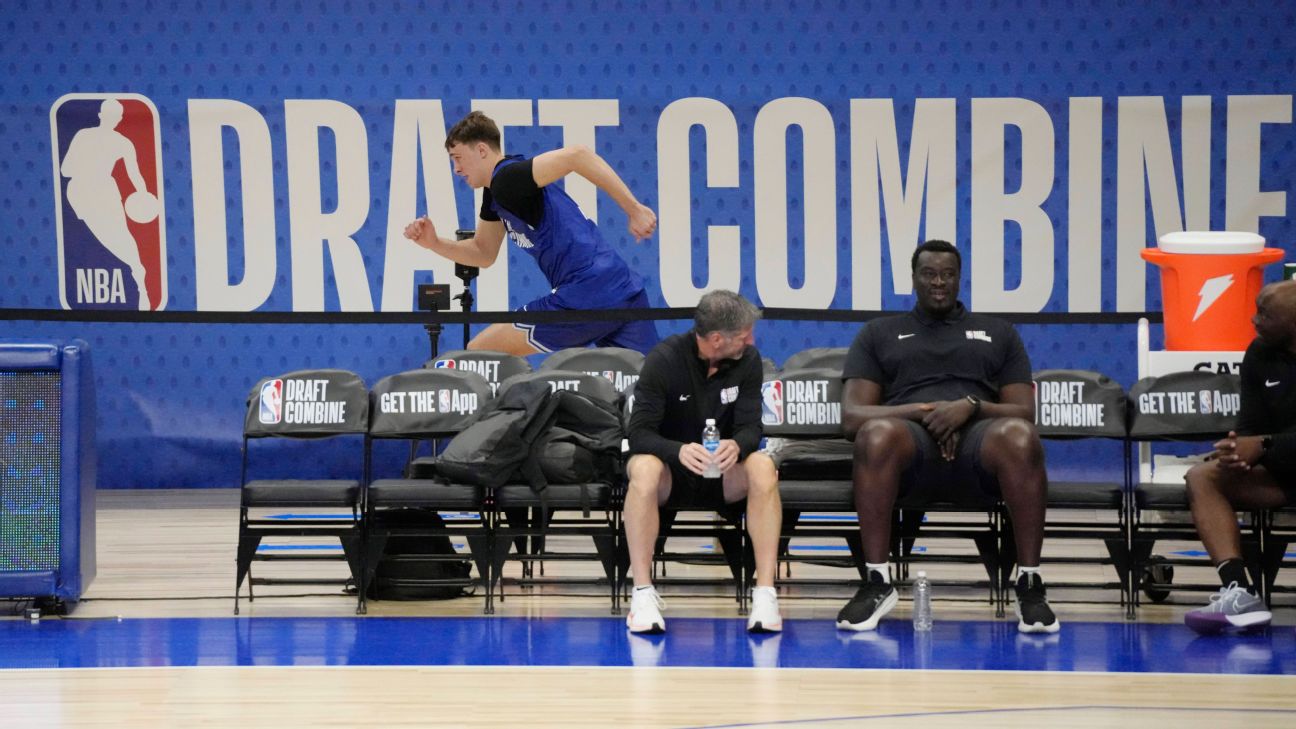2025 NBA Draft: Comprehensive Analysis of Top 30 Prospects and Their Potential Impact
A detailed analysis of the top 30 prospects in the 2025 NBA Draft, including their strengths, weaknesses, and potential impact in the NBA.
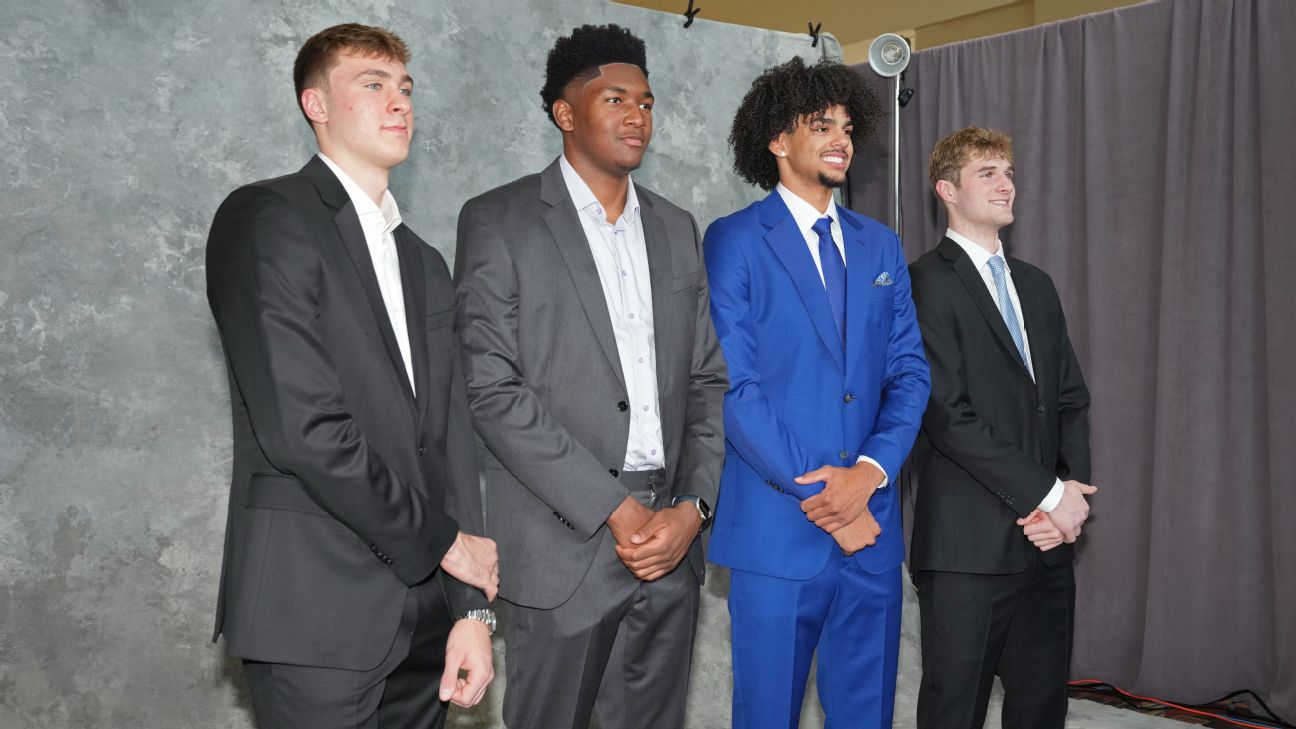
The 2025 NBA Draft is just around the corner, and the anticipation is building for which young talents will make their mark in the league. Here’s an in-depth look at the top 30 prospects, based on Kevin Pelton’s statistical projections and analysis.
1. Cooper Flagg
Duke | F Cooper Flagg is the consensus top pick, with no statistical weaknesses. His well-rounded game makes him a perfect fit for teams looking to win immediately.
2. Kon Knueppel
Duke | G/F Knueppel’s shooting ability is unmatched, hitting 41% of his 3s and 91% of his free throws. His performance in AAU competitions suggests he can be more than just a shooter.
3. VJ Edgecombe
Baylor | SG Edgecombe’s defensive prowess stands out, with a projected steal rate of 2.2 per 100 plays. His offensive game is still developing, but he showed significant improvement in conference play.
4. Dylan Harper
Rutgers | G Harper’s stats-only model places him in the top five, with a strong consensus projection based on his NCAA performance. His youth adds to his potential.
5. Ace Bailey
Rutgers | PF Bailey’s confidence is high, but his stats show some weaknesses, particularly in 2-point percentage and steal rate. His usage rate is his lone statistical strength.
6. Noa Essengue
Ratiopharm Ulm | PF Essengue’s late rise in the top 100 is due to his strong performance in the EuroCup. His 3-point shooting needs improvement, but his age and potential are promising.
7. Jeremiah Fears
Oklahoma | PG Fears’ high usage rate suggests volatility, but his potential is undeniable. His efficiency in the NBA will be key to his success.
8. Egor Demin
BYU | PG Demin’s playmaking ability is elite, but his outside shooting is a concern. His unique skill set makes him an intriguing prospect.
9. Tre Johnson
Texas | SG Johnson’s shooting is a major strength, but his 2-point accuracy needs work. Cam Thomas is a good role model for his development.
10. Collin Murray-Boyles
South Carolina | PF Murray-Boyles has the most statistical strengths of any prospect, but his shooting is a concern. His finishing ability and stat-stuffing make him a valuable asset.
11. Carter Bryant
Arizona | F Bryant’s block rate is elite for a perimeter player, and he understands his role in spacing the floor. His stats-only projection is still strong.
12. Kasparas Jakucionis
Illinois | PG Jakucionis’ limited defensive playmaking is a concern, but his offensive skills are impressive. His steal projection is one of the lowest for drafted point guards.
13. Asa Newell
Georgia | PF Newell’s finishing ability is strong, but his 3-point shooting needs improvement. His productivity as a freshman is promising.
14. Khaman Maluach
Duke | C Maluach’s rim-running ability is elite, but his block rate is relatively low. His defensive versatility is not captured by his box-score stats.
15. Cedric Coward
Washington State | SF Coward’s hyperaccurate 2-point shooting and strong steal and rebound rates make him a valuable prospect. His 3-point shooting is encouraging.
16. Jase Richardson
Michigan State | G Richardson’s efficiency at Michigan State is impressive, but his EYBL play was less effective. His stats-only projection is strong.
17. Walter Clayton Jr.
Florida | PG Clayton’s 3-point shooting and low turnover rate are strengths, but his playmaking ability is a concern. His value in the late first round is solid.
18. Rasheer Fleming
Saint Joseph's | PF Fleming’s shooting improvement is a positive sign, and his rebounding and shot blocking are major advantages. His youth adds to his potential.
19. Liam McNeeley
UConn | SF McNeeley’s free throw shooting is elite, but his 3-point accuracy needs improvement. His efficiency at UConn is promising.
20. Koby Brea
Kentucky | SG Brea’s shooting ability is his standout trait, but the rest of his game is limited. His shooting rating is the best of any prospect in the database.
21. Kameron Jones
Marquette | G Jones’ shooting and playmaking chops are strengths, but his senior year shooting percentage dropped. His college career performance is solid.
22. Thomas Sorber
Georgetown | C Sorber’s stats-only projection is the best of any center in this year’s draft. His defensive categories are strong, but his shooting percentage is low.
23. Payton Sandfort
Iowa | SF Sandfort’s shooting volume and free throw percentage are strengths, but his steal and block rates are concerns. His efficiency as a junior was higher.
24. Nolan Traore
Saint Quentin | PG Traore’s assist projection is the best of any player in the top 90, but his scoring efficiency is a concern. His 3-point shooting needs improvement.
25. Will Riley
Illinois | F/G Riley’s usage rate suggests potential for more, but his stats aren’t effusive. Illinois’ performance with him on the court is a positive sign.
26. Wade Taylor IV
Texas A&M | PG Taylor’s sophomore season was strong, but his efficiency has dropped since. His projected usage rate is the highest of any player in the draft.
27. Will Richard
Florida | SG Richard’s shooting percentages are solid, and his transition play is a strength. His usage rate was never high, but his efficiency is promising.
28. Joan Beringer
Cedevita Olimpija | C Beringer’s shot blocking is elite, but his offensive development lags behind. His age and potential are positive factors.
29. Zakai Zeigler
Tennessee | PG Zeigler’s assist rate and steal rate are strengths, but his size and 3-point shooting are concerns. His late entry to the top 100 is notable.
30. Rocco Zikarsky
Brisbane | C Zikarsky’s shot blocking is strong, but his scoring efficiency is a concern. His size is a major advantage, but his development is ongoing.
31. Derik Queen
Maryland | C Queen’s skill level is high, but his shooting percentage and block rate are concerns. His age and potential are factors to consider.












